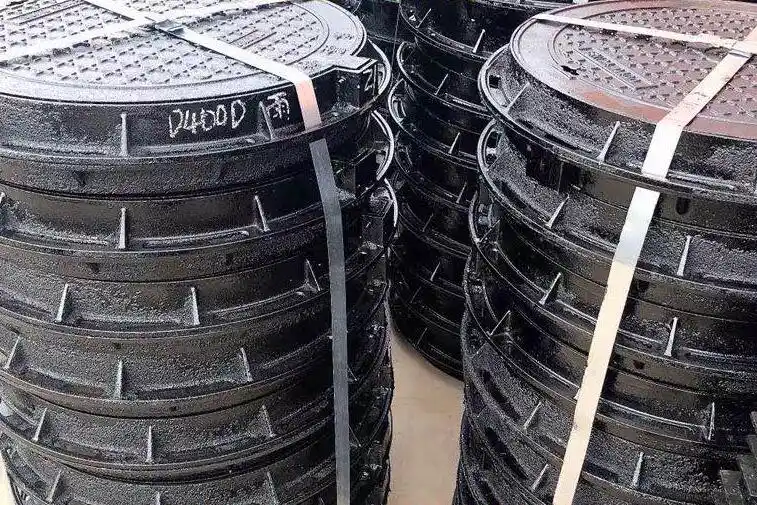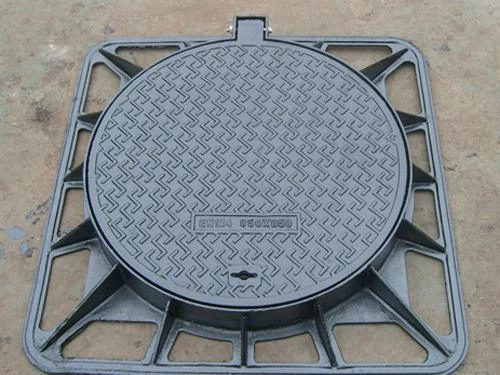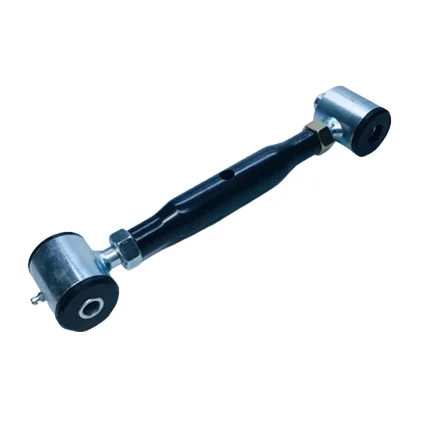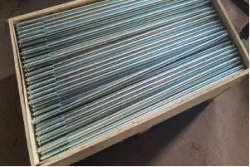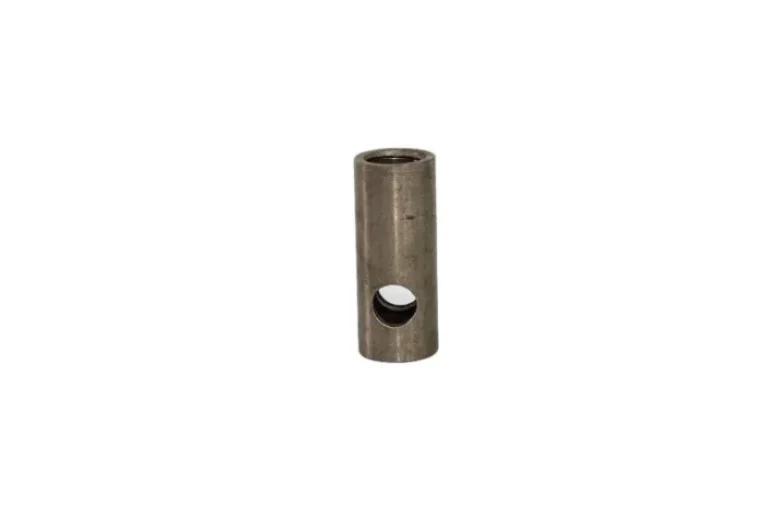Cast iron manhole covers are parts of city infrastructure meant to cover openings, in the ground and allow access to underground utilities. They have undergone changes over time blending artistry with contemporary design concepts and advanced materials. Their historical importance dates back to the stages of development when there was a demand for strong and dependable methods to reach sewer systems and utility networks. Nowadays cast iron manhole covers remain vital, for keeping cities running smoothly.
Overview of Cast Iron Manhole Covers
Historical Background
The history of using cast iron, for manhole covers goes back years becoming popular in the century as cities grew and infrastructure expanded. Initially manhole covers were crafted from stone or wood. They were not strong or long lasting enough. The arrival of iron changed the game by providing an durable option that could endure the challenges of traffic and weather conditions on streets. These covers have stood the test of time maintaining their importance, for utility access and safety purposes.
Evolution of Design and Material
As cities expanded and infrastructure needs changed the design and structure of cast iron manhole covers have developed over time. Initially simple and utilitarian these covers have evolved with manufacturing techniques to incorporate visually appealing elements. Todays cast iron manhole covers can feature designs that showcase culture or branding adding to the aesthetic appeal of urban spaces while still serving practical purposes. Innovations, in casting technology have also bolstered their durability allowing for the creation of lighter models that retain strength making them easier to handle during installation.
Importance in Modern Infrastructure
In the developing landscapes of today cast iron manhole covers play a crucial role, in ensuring the safety and efficiency of infrastructure. They serve as entry points for maintenance workers to carry out repairs on services such as sewage systems, water pipes and electrical lines. Their sturdy design helps reduce the risk of accidents resulting from damaged covers ultimately enhancing safety. In addition, to their function these covers also contribute to the visual appeal of a city by seamlessly blending with roads and walkways frequented by pedestrians.
Key Strengths of Cast Iron Manhole Covers
Durability and Longevity
One notable characteristic of cast iron manhole covers is their durability and long lifespan. Cast iron is known for its resistance to wear and tear making it well suited for withstanding the conditions commonly encountered in city environments. This resilience leads to expenses, for replacements as these covers have the ability to remain intact for years often enduring several decades of service without notable deterioration. With urban areas grappling with aging infrastructure issues opting for top notch cast iron manhole covers emerges as a solution, over time.
Resistance to Wear and Corrosion
The inherent properties of cast iron make it particularly resistant to various forms of wear, including impacts and abrasions. This material also exhibits strong resistance to corrosion, especially when treated with protective coatings. Such treatment helps prevent rusting, extending the life span of the covers and maintaining their functionality even in damp or acidic conditions often found in sewer systems. This resilience to both physical and chemical stresses underlines the value of cast iron manhole covers in urban infrastructure.
Load-Bearing Capacity
Cast iron manhole covers are renowned for their impressive load-bearing capacity. They are designed to withstand heavy loads, including vehicles and pedestrian traffic, making them an ideal choice for roadways and thoroughfares. The structural integrity of these covers ensures they remain intact and functional under diverse conditions, including high traffic volumes in urban settings. This capacity is vital for ensuring that infrastructure remains operational without causing any disruption to the flow of traffic or the services that lie beneath.
Safety Features
Safety is a paramount consideration in the design of cast iron manhole covers. These covers often come equipped with slip-resistant surfaces, reducing the likelihood of accidents due to slipping, especially during wet weather conditions. This feature is beneficial not only for general pedestrians but also for maintenance workers who frequently interact with the covers. By prioritizing safety in their design, manufacturers of cast iron manhole covers contribute to a more secure urban environment.
Secure Locking Mechanisms
In addition to slip resistance, many cast iron manhole covers feature secure locking mechanisms that prevent unauthorized access. These locks help deter vandalism and protect against potential injury from loose covers. By ensuring that the covers are safely secured, municipalities can maintain the integrity of critical underground systems and reduce the risk of accidents that might occur from unauthorized tampering or removal.
Practical Uses of Cast Iron Manhole Covers
Urban Infrastructure
Cast iron manhole covers serve crucial roles in urban infrastructure, particularly in areas such as roadways and highways. They provide secure access points for maintenance crews while ensuring road safety for vehicles and pedestrians alike. The design and durability of these covers are essential in high-traffic zones where substantial force is exerted, helping to prevent accidental cover displacement or damage.
Roadways and Highways
On roadways and highways, cast iron manhole covers are strategically installed to allow access to sewer systems and utility lines without causing major disruptions to traffic. Their load-bearing capacity ensures they can withstand the constant pressure from vehicles while remaining intact. Moreover, the robust design of these covers minimizes noise and vibrations, contributing to a smoother driving experience.
Industrial Applications
Beyond urban settings, cast iron manhole covers find applications in various industrial contexts. Factories and warehouses often employ these covers to provide access to underground utility lines, which are vital for operational efficiency. Their resilience to heavy machinery and corrosive environments makes them particularly suitable for industrial operations, where durability is paramount.
Water Treatment Plants
Water treatment plants utilize cast iron manhole covers to safeguard access to vital equipment used in the purification process. These covers protect the integrity of the systems while allowing maintenance teams to conduct their work efficiently. By combining durability with safety features, cast iron manhole covers ensure that the essential functions of water treatment facilities are upheld, ultimately contributing to the delivery of safe drinking water.
Comparison with Alternative Materials
Cast Iron vs. Ductile Iron
Strength and Flexibility
When comparing cast iron to ductile iron, the differences in strength and flexibility become evident. Cast iron typically has a higher compressive strength, making it a robust option for manhole covers. It is, however, less flexible than ductile iron, which can absorb stress without permanent deformation. Ductile iron’s added flexibility can be advantageous in areas subject to dynamic loads or seismic activity, allowing it to withstand shifting or settling grounds. Therefore, while cast iron excels in durability, ductile iron may be a preferred choice in situations where flexibility is equally essential.
Cost Considerations
Cost is a crucial factor when choosing between cast iron and ductile iron for manhole covers. Cast iron is often more cost-effective for large-scale projects due to its relatively lower material costs and longer life expectancy. In comparison, ductile iron can be more expensive, particularly when factoring in its production processes that require more advanced manufacturing techniques. However, ductile iron’s additional benefits, such as its long-term performance and reduced susceptibility to chipping, may justify the higher initial investment. Ultimately, the decision should consider both upfront costs and lifecycle expenses, ensuring that budget constraints are met without compromising performance.
Cast Iron vs. Composite Materials
Weight Differences
In comparing cast iron to composite materials, the most notable difference lies in weight. Cast iron manhole covers are significantly heavier than their composite counterparts, which can make installation labor-intensive and challenging. While the weight of cast iron contributes to its load-bearing capacity, composite materials offer lighter solutions that are easier to handle and install. This aspect can be particularly beneficial in locations with difficult access or for smaller teams tasked with installations. Nevertheless, the physical properties of cast iron provide superior safety and performance under heavy loads, making it crucial to assess specific project requirements when choosing a material.
Environmental Impact
The environmental impact of using cast iron manhole covers versus composite materials presents a complex comparison. Cast iron is made from recyclable materials, and its longevity means that it does not require frequent replacements, resulting in reduced resource consumption over time. However, the production of cast iron involves significant energy use, contributing to a larger carbon footprint. On the other hand, some composite materials can be manufactured through processes that arguably have a lesser environmental impact, although they may not offer the same durability as cast iron. Ultimately, consideration of the environmental implications should be tailored to the context of installation and durability expectations.
Maintenance Tips for Longevity
Regular Inspection Protocols
To extend the life of cast iron manhole covers, implementing regular inspection protocols is essential. Maintenance teams should schedule routine checks to identify any signs of wear, cracks, or distortions that may compromise the functionality or safety of the covers. Inspections should also include checking for proper locking mechanisms and slip-resistant surfaces to ensure they are intact and functioning as designed. Establishing a quality inspection routine enables municipalities to address minor issues proactively, preventing them from developing into larger, costly repairs.
Cleaning and Debris Removal
It’s crucial to keep cast iron manhole covers clean and free of debris to maintain their durability. Regularly removing leaves dirt and other blockages helps ensure that the covers stay functional and accessible. Moreover clearing away debris prevents moisture buildup that can cause corrosion and weaken the material over time. Clean surfaces, on the covers also promote pedestrian safety by reducing the risk of slips or falls in covered areas. Taking care of them by cleaning not improves their appearance but also makes it easier to inspect for any potential issues.
Addressing Minor Damages Early
Detecting and addressing damages promptly can greatly prolong the life of cast iron manhole covers. Neglecting minor chips or cracks could lead to problems that might demand replacements. If any slight damage is noticed it’s advisable to carry out repairs which could include using patching methods or applying rust inhibitors to prevent rusting. Municipalities stand to gain by teaching maintenance staff how to spot signs of damage and perform repairs ultimately leading to reduced long term maintenance expenses and enhanced public safety.
Highlighting BAOQI’s Contribution to the Industry
Precision Engineering Techniques
BAOQI has positioned itself as a frontrunner, in crafting cast iron manhole covers by prioritizing engineering methods. Through the use of cutting edge manufacturing techniques the company ensures that each cover adheres to strength and quality criteria. By integrating technologies into their production processes BAOQI is able to reduce imperfections and enhance the quality of their output resulting in products that can endure the demands of urban settings. Their emphasis on accuracy not guarantees a fit for the covers but also ensures compliance, with industry standards promoting public safety and ease of access.
Focus on Quality Assurance
Quality control is a part of BAOQIs approach, to manufacturing. They carry out testing at stages of production such as load tests and surface inspections to guarantee the quality of every manhole cover they produce. These strict quality assurance procedures are put in place to ensure that each product leaving their facility is up to standard and meets the expectations, for infrastructure. By prioritizing quality control BAOQI helps local authorities reduce the risks associated with products thereby building trust in the safety and longevity of their city systems.
Notable Projects and Clients
BAOQI has worked on projects and served a wide range of clients demonstrating their expertise in the field. Their collaboration, on infrastructure initiatives has contributed to improving safety and efficiency in cities worldwide with long lasting cast iron manhole covers. Their flexibility in engaging with parties, such, as contractors and public organizations underscores their dedication to customer satisfaction. Known for their top notch workmanship and prompt service BAOQI remains a trusted provider of cast iron manhole covers that cater to the requirements of infrastructure.

